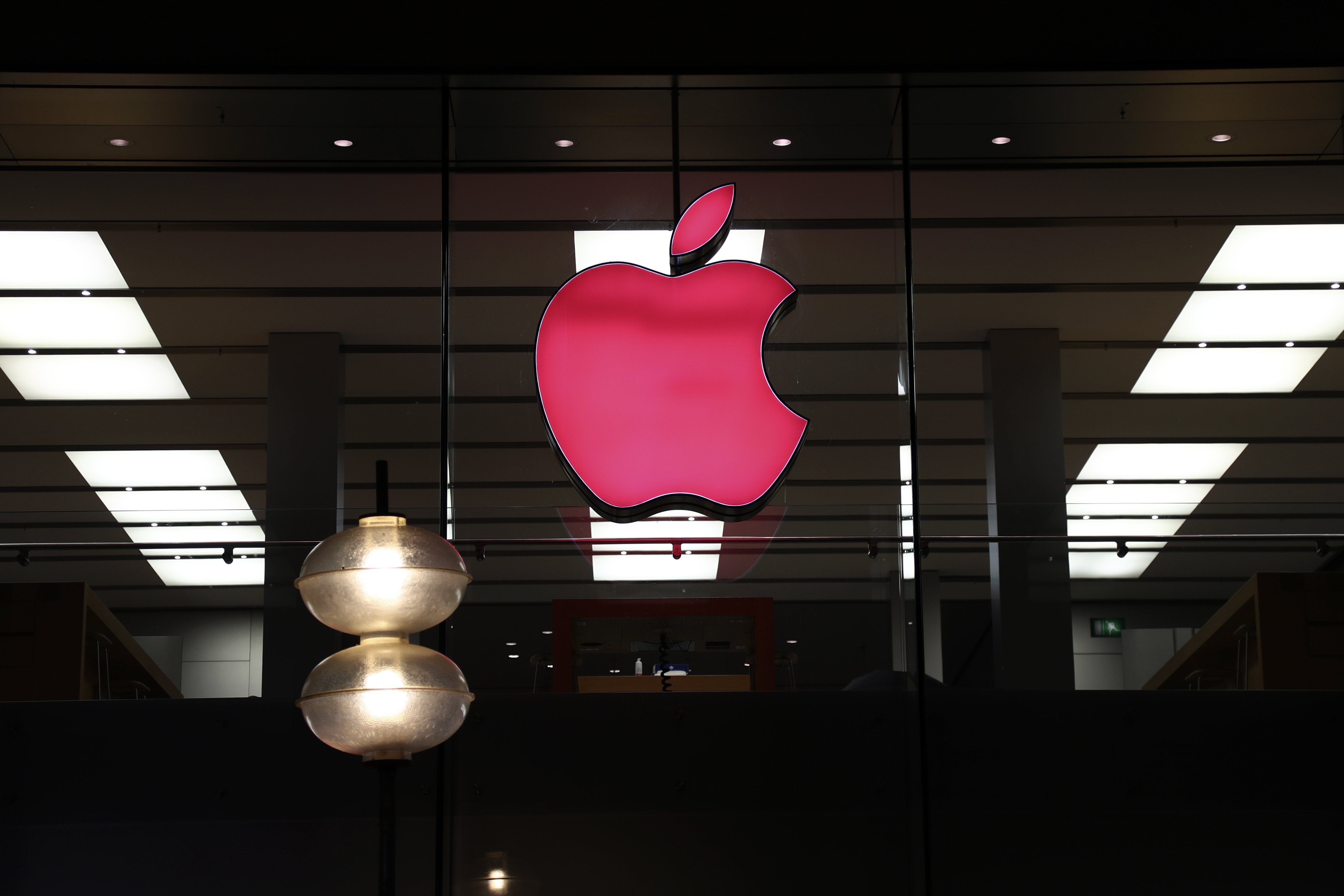Some Green Movement supporters objected to my characterization of Thursday as a 'failure to mobilize,' saying that I wasn't taking into account the sheer brutality of regime measures. But it is a given that this regime is brutal. It was brutal on Ashura (Dec. 27, 2009), but the Greens nevertheless managed to make an impressive showing, and despite regime foreknowledge that it would be a flash point.
And there are, unfortunately, shades of brutality. As Flynt and Hillary Mann Leverett were quick to point out today, the level of brutality and oppression we are seeing today pales in comparison to what the Shah and his SAVAK intelligence arm did to Iranian dissidents. It also pales in comparison to the actions of post-revolutionary Khomeinist Iran (which the Leveretts, somewhat peculiarly, fail to mention).
Cole goes on:
Ahmadinejad has his Alliance of Builders in Tehran, and is backed by the Revolutionary Guards, the Basij paramilitary, and other security forces. Musavi has the little flashmobs who couldn't, at least on Thursday.
And as I noted on Wednesday, the considerably larger public demonstrations in 1977 and 1978 were accompanied by nationwide strikes. What have we seen in Iran today, other than the defacing of banknotes? We may yet see debilitating strikes across vital national industries, but so far, the movement has been relegated to, as Cole puts it, "little flashmobs."
It cannot be said enough however, as Matt Duss rightly points out, that this isn't, as Cole argues, checkmate for the Greens so much as it is a check - the movement is in a corner, and now it must carefully decide its next move (my title being a chess allusion, this only seems fitting). The movement will continue to evolve and adapt with experience and age, and now that they've acquired a taste for dissent it will likely stick with them. This, as Hooman Majd reminds us, is a different kind of movement than Khatami's of the late 1990's. The people on the streets - most of them the nation's youth - are asking fundamental questions about the nature of their country and the regime which rules over them. They have, at times, challenged the legitimacy of the Supreme Leader. This is a positive direction, and it may lead to a more targeted campaign against the specific governmental factions controlling their society.
But the Green Movement must decide the direction it will go in in this game of tug of war. In other words, can they pull more middle and upper-class Iranians - members of the business community, the elites, the opinion makers, members of the security forces, and so on - over to their side of things, or will the movement simply splinter and dissolve as some moderate and others radicalize? The regime no doubt believes it can expedite the latter process, as demonstrated this week through its blatantly obvious attempt to splinter the protesters with promises of nuclear grandeur. The strategy may have paid off.











